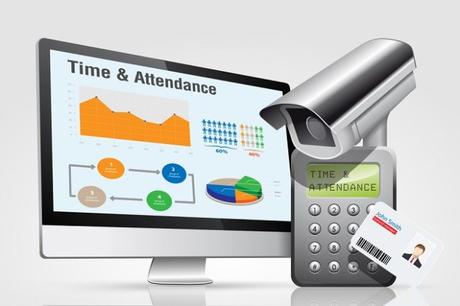
Businesses always think about ensuring the productivity of their workforce. This helps drive the organisation's bottom line and facilitate a more robust growth. Workforce productivity is the product of employee effort over time. As such, manpower hours are one of the essential parameters that business organisations have to measure. Using advanced software for time and attendance is crucial. This allows businesses to track employee man-hours in a more efficient manner. So how should Australian and global businesses track such metrics to improve profitability and growth?
Appreciate the Relationship between Accurate Timekeeping and Profitability
It is unfortunate that some businesses fail to recognise the critical relationship between man-hours and profitability. An organisation's profitability hinges on its ability to deliver products and services to its customers or clients. These are all time-critical events. If the company fails to deliver on a customer promise, then there is a chance that the organisation will lose this client.
The issue is that many of today's consumers are very active in social media platforms. A negative experience with a company is sure to generate criticisms from the customer's circle of friends and social contacts. Hence, not only is the company losing one client, it may also lose other customers.
Losing customers is never a good way of ensuring profitability. If everyone in the company will do their part in improving the organisation's productivity, then the business will be able to realise its bottom line. All business organisations would want to earn a profit from all of its endeavours. Tracking man-hours is one of the best ways you can ensure company productivity and growth.
Time and Attendance Tracking Programme
Some employees may not realise the importance of time and attendance tracking programmes. Many feel that the organisation is infringing on their inherent freedoms. However, the implications of an inaccurate or poor T/A tracking system are so immense that it can have an immediate impact on everyone in the business enterprise.
Poor or inaccurate T/A information will lead to inaccurate computation of employee benefits and salaries. This can lead to serious employee dissatisfaction and demoralisation. In a demoralised workforce, it will be difficult for the company to motivate the employees to work their best. Employees will feel very stressed. They may no longer have the motivation or the desire to continue working for the business organisation.
For managers and supervisors of the company, inaccurate or poor time and attendance tracking information can lead to inaccurate staffing plans. In cases of overstaffing, the organisation will be paying more for less work. In situations where there is understaffing, the employees may experience burnout. If not, the quality of their work may suffer because of the excessive burden put on their shoulders. Sure, the company will save more by paying fewer employees. But this often comes at the expense of customer and employee satisfaction.
Employ Best Practices in Time and Attendance Tracking
While getting an advanced Time and Attendance Tracking software can help solve the problem, this is only a single aspect of a more comprehensive approach. It is critical that managers and business organisation decision makers also employ the best practices inherent in tracking employee time and attendance.
Observe Your Employees
It pays to spend some time on the floor or work area. Try to observe how your employees make use of their time, including tardiness, absences, breaks, late starts, and punctuality, among others. The idea here is to identify those who are adhering to the time and attendance policies of the organisation.
Communicate with Dependable Employees
Approach those employees that are doing well in terms of managing their time. A simple pat on the back, followed by a warm "good job" is often enough to let them know you appreciate what they are doing for the company. You can also create a policy in the organisation to recognise those individuals who adhere to the T/A policies of your organisation.
Communicate with Poorly Performing Employees in Private
Not all employees who are having problems with time management are lazy or irresponsible. This is where your role as a people manager can come in. Your job is to find out the reasons why the employee's time and attendance are below the standards of the organisation. Be objective and try not to get too emotional. They are people, too. And they may have perfectly good reasons why they are sometimes late or absent.
Devise a Programme to Improve Employee Time and Attendance
The whole idea why you communicated with both your well- and poor-performing employees is to gain an understanding of what works and what doesn't. For obvious reasons, there are employees who are fine with your current work setup. This means you no longer have to worry about them. What it does mean is that you should devise a program that further enhances their strengths.
As for the employees who are not adhering that well to your company's time and attendance policies, you can now devise a programme that will help address their concerns. Try to determine what changes you can institute in your T/A programme. These will help problematic employees become more productive in terms of their use of company time.
Make T/A Records Accessible
Employees also want to know if the business logs the hours and days that they spend working for the company in an accurate manner. Hence, any business organisation should consider making their employee T/A data accessible to everyone. Of course, there will always be levels of information that can be made available to certain employees in the hierarchy of the organisation.
Utilising mobile apps can help empower employees regarding the management of their work hours. There are also programmes that allow for inter-department and intra-organisation communication. This way, managers and supervisors can address and manage any issue that may crop up before they get out of hand.
Tracking employee time and attendance is important for any business endeavour. It ensures employee and company productivity, while driving the bottom line of the company.


